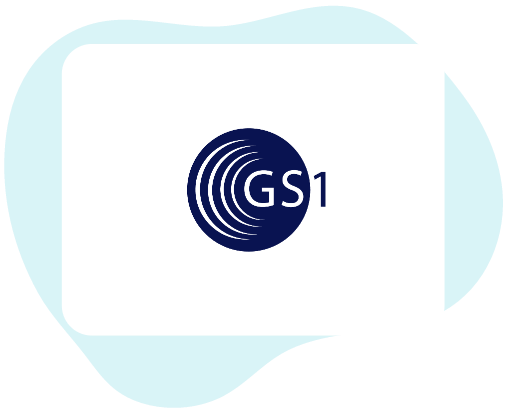Head spinning from changing requirements? Bring clarity to product data standards
Make sense of shifting requirements and keep your product data aligned with any standard. Manage, structure, and use product data that meets all needs.
Built-in solution
Convert to and from product data standards — effortlessly.
The Conversion Hub is the engine that handles all conversions automatically in the background.
How it works
-
1. Create
Create your own product data structureCreate your own product data structure with all the information you need. You can also connect data standards like ETIM directly to your structure. Everything stays synchronized and ready for automatic data conversion.
-
2. Map out
Add required standards and classify dataAdd the required standards and create a connection to the classifications of a standard to know the product information required for each product.
-
3. Connect
Connect your product dataConnect your own product data to the corresponding standard specification which is called normalization. You only need to do this once per specification, and the rest will be handled automatically.
-
4. Send / Collect
Provide or receive data in standard formatYour product data is now in a clear, universally understandable format — ready to be collected or delivered.
Learn more about the data exchange process:
Some examples of product data standards
There are many product data standards available and you can handle them all in Pimmix. For instance some commonly used standards are ETIM and GS1 which universally used standards across companies.




